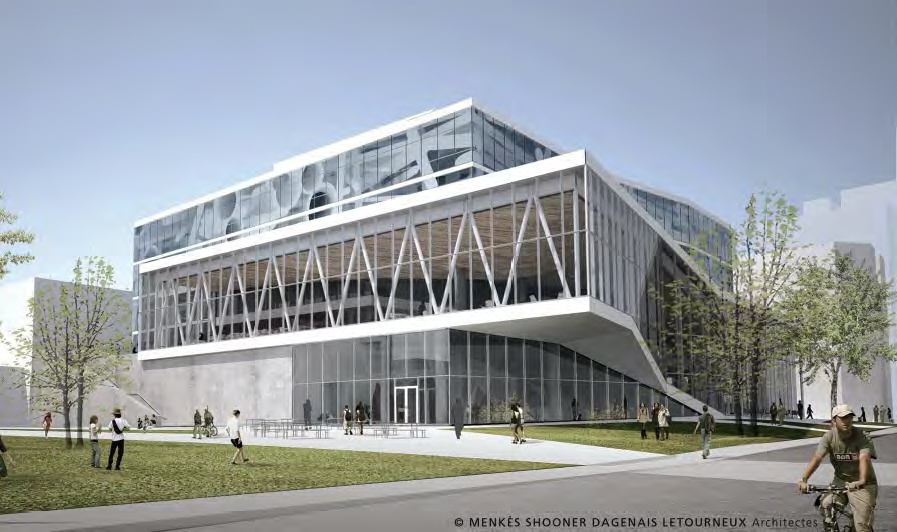Steel: unparalleled fire safety
Changes in the building codes that allow combustible framing in taller and larger buildings have gone too far and it’s created a perfect storm that can quickly overwhelm the ability of the fire service to respond. - CHIEF STEVE LOHR, HAGERSTOWN (MD) FIRE DEPARTMENT
Life safety, and specifically fire protection, has been a primary concern of the building codes. Steel is a non-combustible material and consequently does not burn, provide an ignition source or add fuel load that would enable a fire to spread or grow into a catastrophic event.

Steel does not melt at temperatures typically encountered in a building fire. Its non-combustibility and assembly fire ratings do not degrade over the lifecycle of a building. This provides a reduced fire risk, to workers and occupants, minimizes the impact on municipal fire services, decreases the reliance on sprinklers, and results in less property damage and collateral damage to adjacent buildings if a fire should ever occur.

- Steel has a melting point of approximately 1,500ºC (2,700ºF). In a typical fire, such as in an office, residential or retail occupancy, the maximum temperature of a fully developed fire will not likely exceed a range of 800ºC to 900ºC (1,500ºF to 1,650ºF), though it could reach a peak of 1,100ºC (2,000ºF) for a short duration.
- Building codes recognize the fact that buildings, designed with non-combustible materials like steel, pose less of a fire risk to the public than combustible systems, which are limited to six storeys in height in Canada and 25.9m (85 ft.) in the US.

STEEL IS A NON-COMBUSTIBLE MATERIAL AND CONSEQUENTLY DOES NOT BURN, nor does it provide an ignition source or add fuel load that would enable a fire to spread or grow into a catastrophic event.